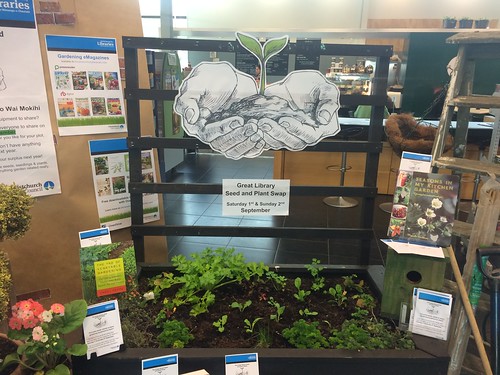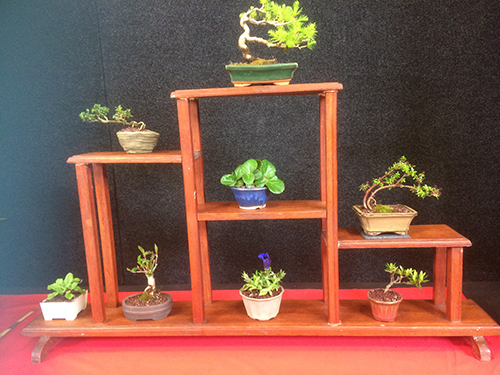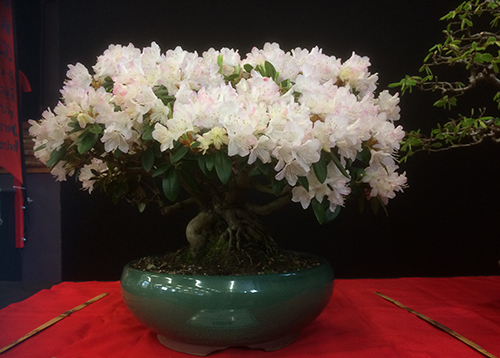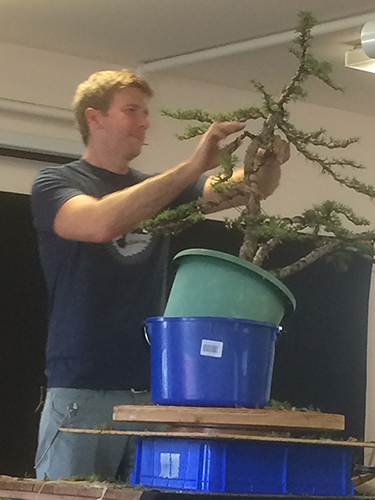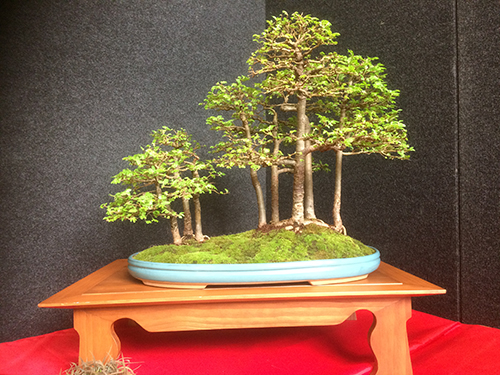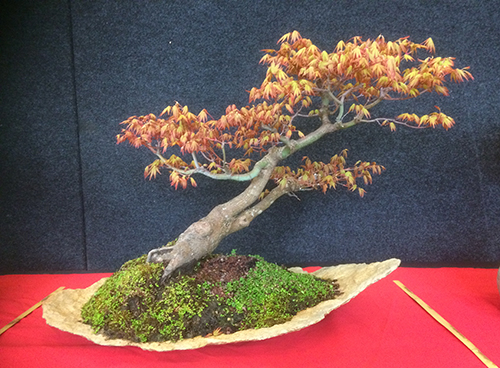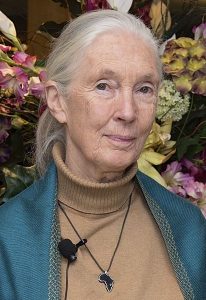Spring has almost arrived – depending on which definition you use* – and the weather is certainly reflecting this.
It is easy to be inspired by nature. When I was younger I used to take every opportunity to make something out of whatever I could find in the garden. Daisy chains, bouquets, weavings, dried flowers that just looked dead…couldn’t have anything nice in the garden with me around. Those lovely red roses would soon find themselves dangling from my bedroom door frame in a preserved state of shrivelled brown decay.
Christchurch City Libraries has a wealth of books that are full of ideas for the nature loving craftarians out there. Here are just a few:
Helen Ahpornsiri creates beautiful artwork out of pressed flowers. Her book, Helen Ahpornsiri’s A Year in the Wild, is a beautifully illustrated (with her pressed flower art – no paint in sight) account of the four seasons of the natural world. I will commission husband to make me a flower press at once. Or just use a heavy book.
For fans of both Shakespeare and the natural world, I introduce you to: Botanical Shakespeare, exquisitely illustrated with the flora and fauna cited in the works of the most famous playwright Shakespeare, alongside accompanying verses.
Though a British guide, Margaret Wilson’s Wild Flowers of Britain is so beautiful to look at that it really transports me to a scene straight out of English romance novel. The author was a keen botanist and documented, in watercolour, (over the course of a number of years!) a thousand British and Irish plants.
As a huge Tolkien fan, no way could I pass up on Flora of Middle-Earth. This book is a catalog of each and every plant found in Tolkien’s fictional world, Middle-Earth. Nerdy bliss.
The Great Library Seed and Plant Swap
Where & When: At a library near you
About: The seed swap has proved wildly successful over the years, just bring in your leftover seeds and we’ll put them out to share (though don’t worry if you don’t have any this year, you can always bring some next year 🙂 ). We welcome vegetable, herb, flower, native, and heritage seeds. You can also bring any spare potted-up seedlings. Yay gardening.
Check out our gardening page for gardening information and resources.
A Naturalist’s Bookshelf
Now about that spring cleaning…
*The astrological/solar beginning of spring takes place at the vernal equinox on Sunday, 23 September. The meteorological reckoning has the beginning of spring as 1 September.















